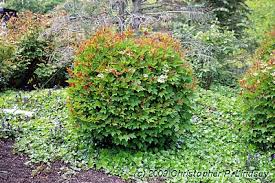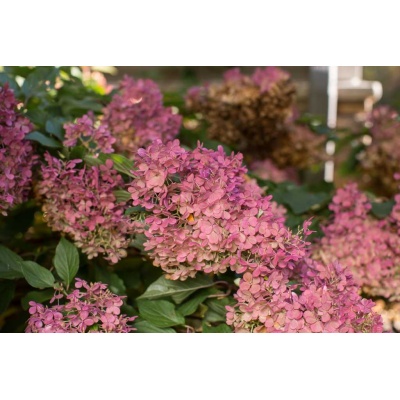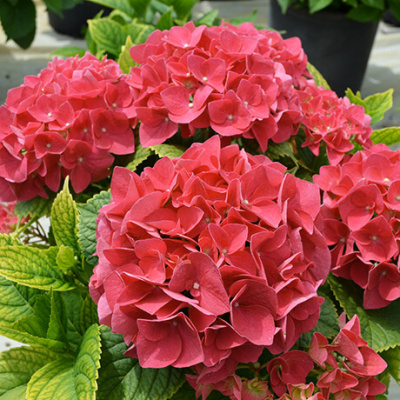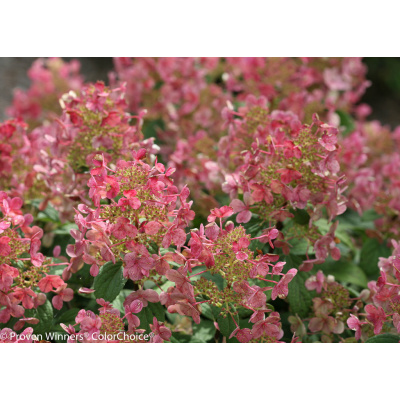Description
 Viburnum trilobum ‘Spring Red Compact’
Viburnum trilobum ‘Spring Red Compact’
SPRING RED VIBURNUM
Tinges of Spring, the Spring Red Compact Cranberrybush Viburnum, is an unusual, dense, compact shrub with a rounded habit. It also can be somewhat upright. Spring Red is grown for its foliage of a mass of red tinged leaves in the spring which matures to glossy dark green by summer. It turns burgundy in autumn. The flowers are fragrant and a showy white lace cap in May. The flowers are followed by a heavy harvest of bright red berries in October or November. Birds and wildlife love them. It prefers full sun but will grow in partial sun. Use this viburnum to make a superb and easy to grow border plant or can also be grown as an exciting informal hedge. It does best in moist, well-drained, loamy soils, but will tolerate less than ideal conditions and heavier clay soils. Spring Red does not tolerate prolonged drought or dense shade.
Height: 6 feet
Spread: 6 feet
Sunlight: full sun, partial shade
Hardiness Zone: 2
Growth Rate Slow to Moderate
Habit Compact, Rounded
Soil Requirements Moist, well drained,
Fall Color Red and orange
Flowering Season Mid to late May
Fruit Red



Reviews
There are no reviews yet.